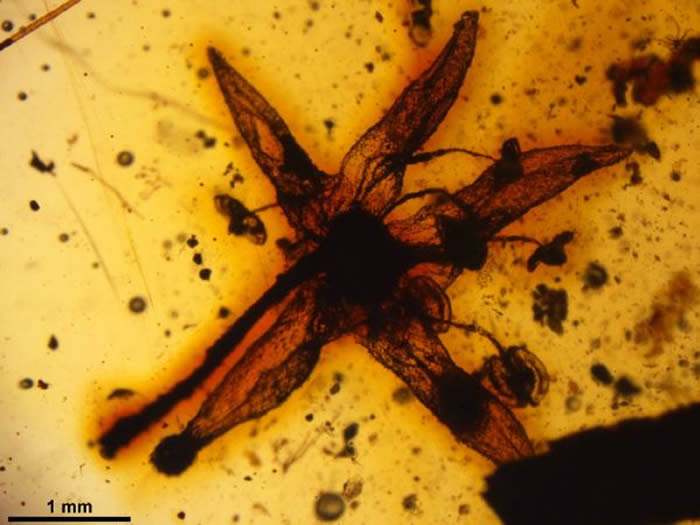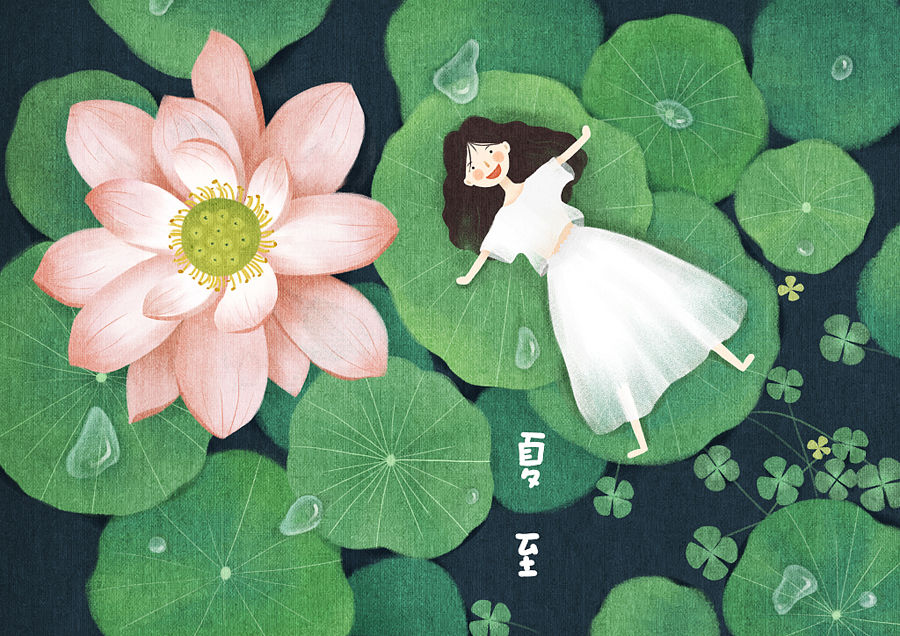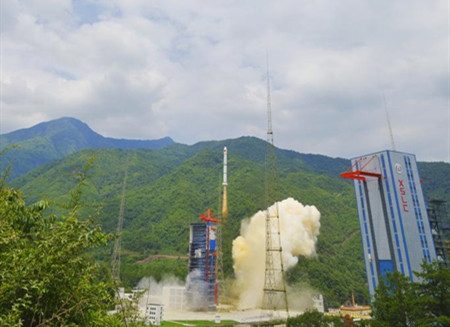Recently, the team led by researchers from Nanjing Institute of Geology and Paleontology, Chinese Academy of Sciences had a discovery of a completely new ancient plant, Stillia, enveloped in a Burma amber from 99 million years ago. This discovery adds important evidence for the early evolution of angiosperms. The findings are published in the Science Report, a unit of the Natural Publishing Group.
Angiosperms, or flowering plants, are the crown of the plant world. It is the most evolved, most diverse, most widely distributed and most adaptable taxa in the plant kingdom of the world. The newly discovered amber fossil fully preserved the characteristics of the calyx, petals, stamens and pistils of the Stillia. Its flower is about 6 millimeters in diameter and has five separate sepals and petals. There are about 10 stamens and a pistil in the center of the flower. The pistil consists of three carpels and a honey disk on the bottom, which indicates that the pollination of the flower may be related to insects.
Wang Xin, a team leader and researcher at Nanjing Institute of Geology and Paleontology Research Institute, said that the structure and morphological characteristics of Jingzihua indicated that it was a very typical five-petaled flower of the core eudotrichs dicotyledonous plant. Around 100 million years ago, many types of true dicotyledonous fossil plants were found all over the world. This suggests that the true dicotyledonous plants began to flourish around the world during this period and that the angiosperm origin was earlier.






